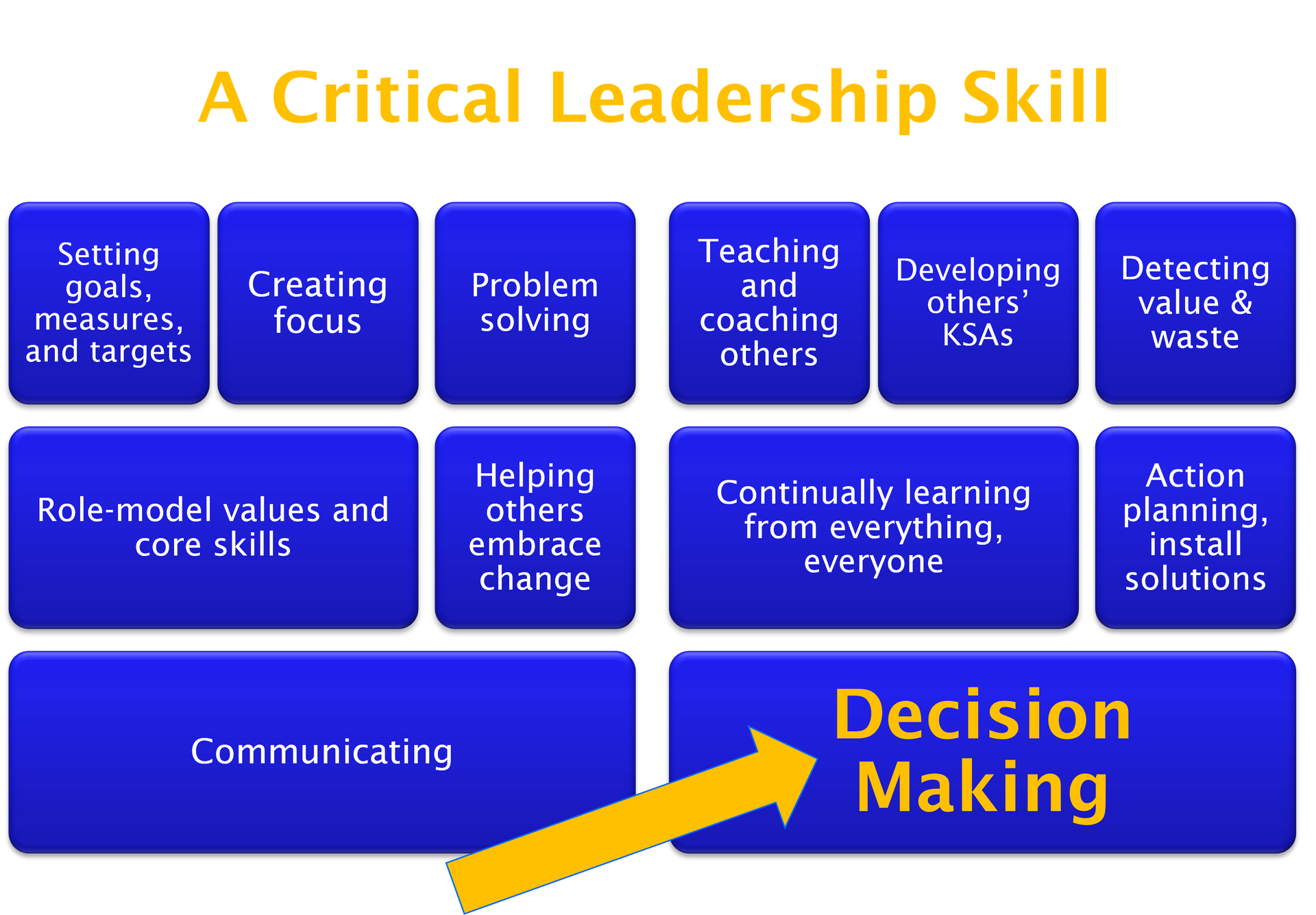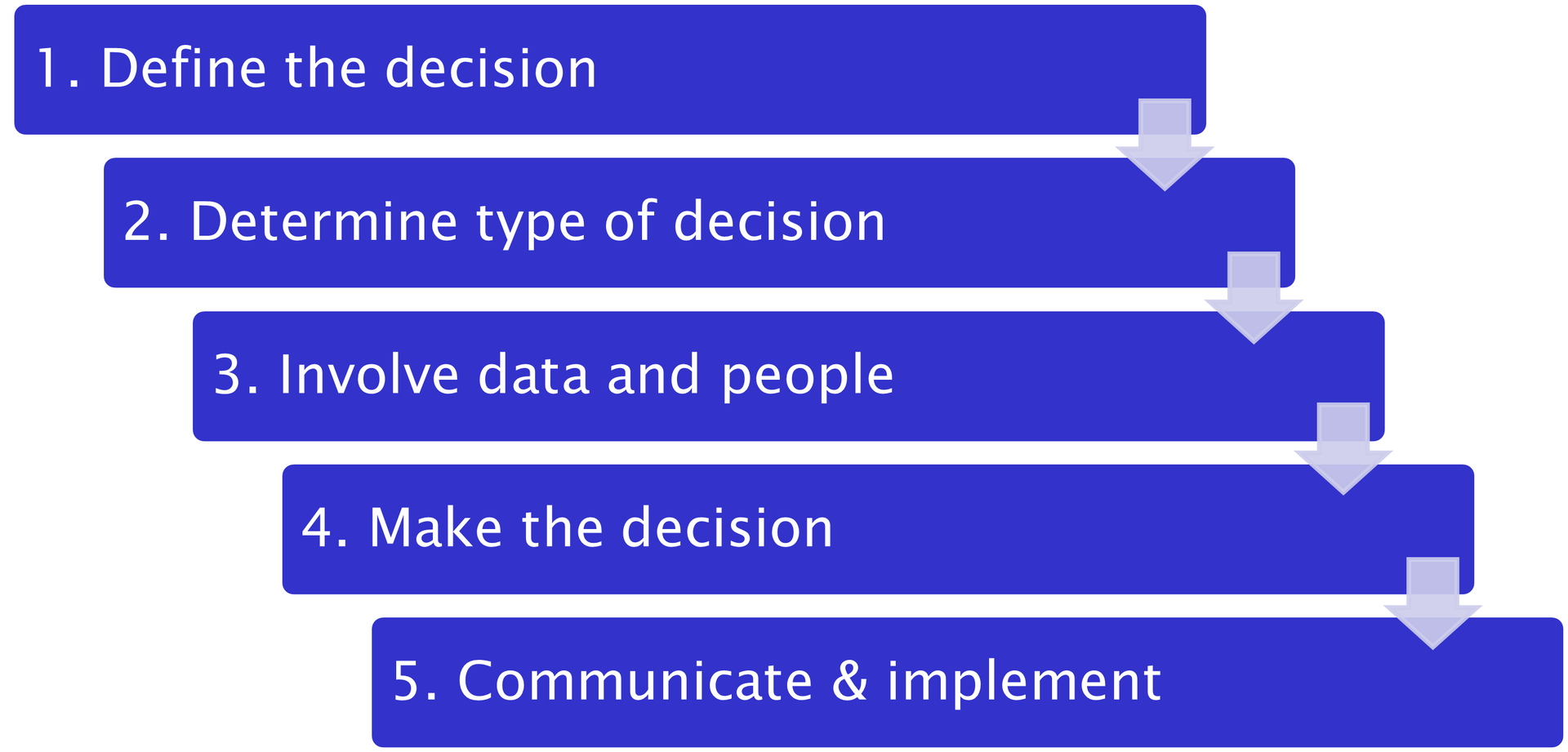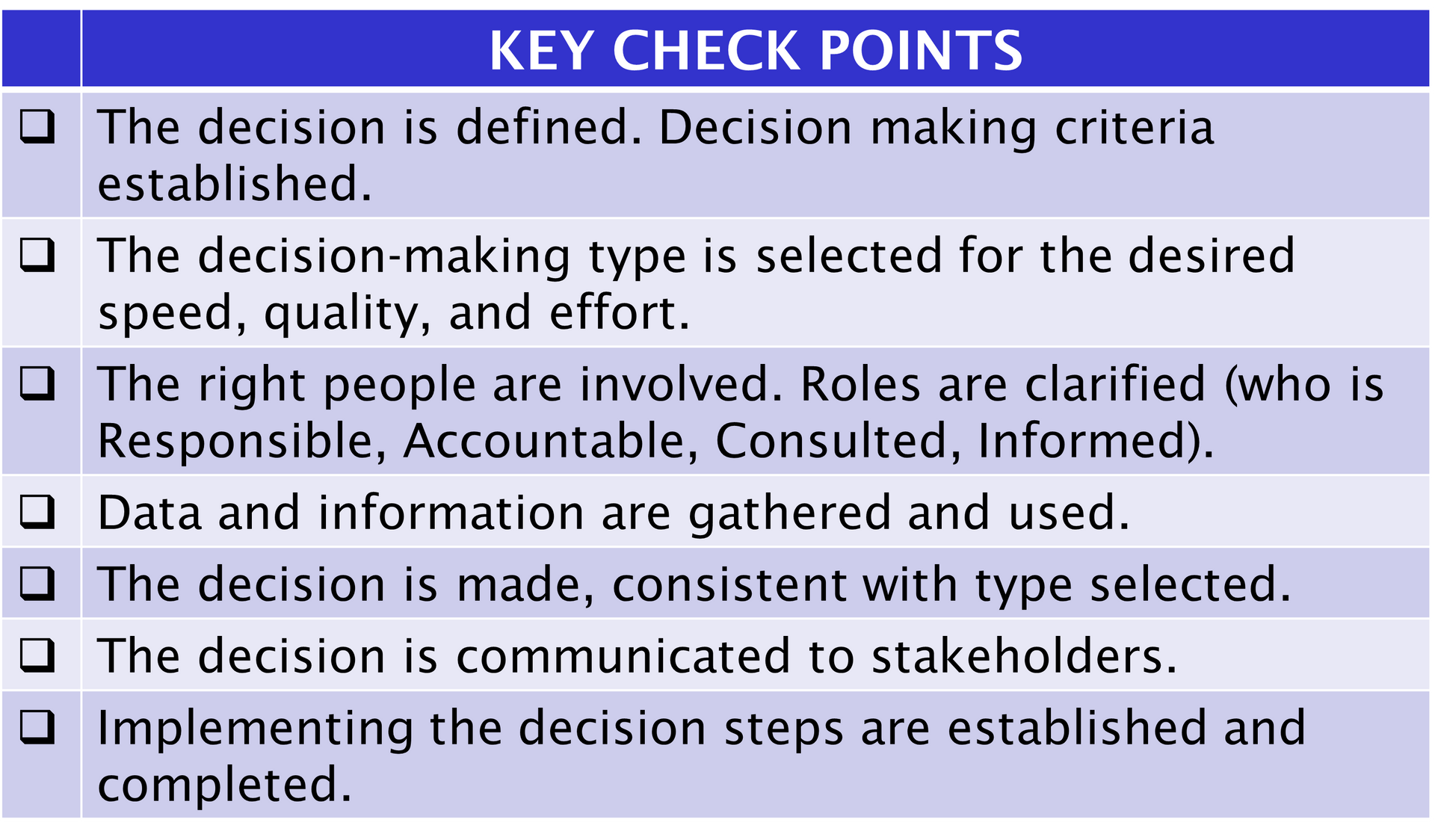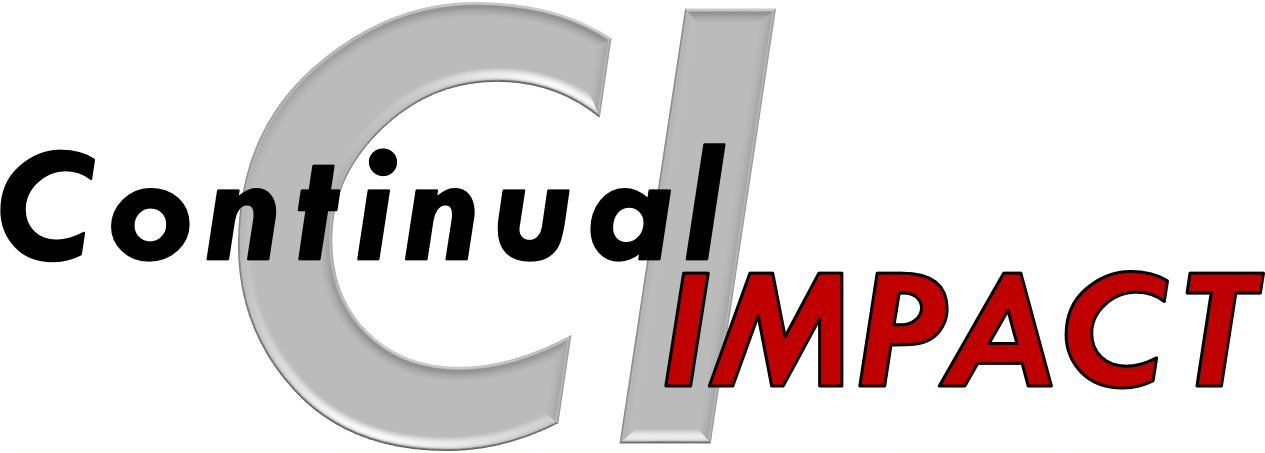Making Good Decisions - The Approach & Types
It's estimated that the average adult makes more than 35,000 decisions per day. How is my decision making? How is my team's decision making? What is my Quality? Speed? Impact?

Decision Making = An Important Part of Problem Solving
Decision making is one of effective leaders' skills. Let's explore the decision making process and decision making types.

Good Decisions Don't Just Happen. Good Decision Making Relies on This Information-Based Process:

Step 1, Define the decision, helps to define and confirm the exact decision to be made. This step is important to decrease decision making ambiguity and mis-alignment. Answer these questions to define the decision and criteria: What is the decision? Why do we need a decision? How important is it? How much energy is it worth? What is the benefit of the decision: its impact and the expected result?Are there conditions, requirements, scope, impacts, relationships? When does the decision need to be made? Who is accountable for the decision?
Step 2, Determine the decision type, commensurate to the decision's speed, complexity, quality, and sensitivity. See the table for the 4 most common decision making types, below. Tip: Consensus is particularly effective when making improvement or change decisions and supporting the decision.

Step 3, Involve data and people, to eliminate gaps, legitimatize the decision, and build commitment and ownership.
Step 4, Make the decision, with the needed definition, data, and incorporated input. With decision criteria/definition and information - decisions are often clear and obvious. Less debates, more "Why were we debating this??"

Step 5, Communicate and implement, is the time to inform others of the decision and take the actions to gain the benefits from the decision.
For leadership bonus points, keep this decision making quality checklist handy to guide good decision making:


